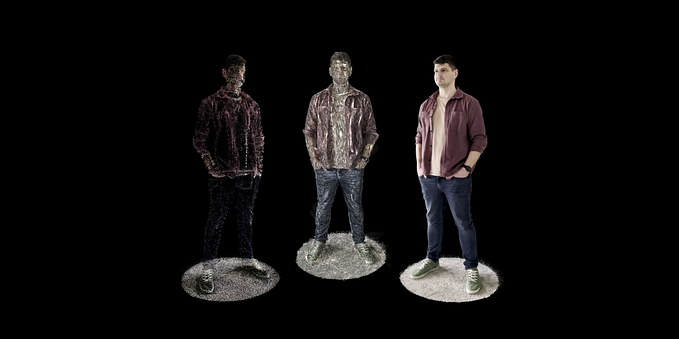On The Kalman Filter

The Kalman Filter is a ubiquitous algorithm in engineering and computer vision. It was developed by Rudolf E. Kálmán in the 1960s, and has quietly revolutionized everything from navigation systems to finance. In this article, we’ll dive into the science of the Kalman Filter, exploring what it is, how it works, and why it’s so essential in fields ranging from aerospace to self-driving cars.
In simple terms, the Kalman Filter is a versatile algorithm used for estimating system parameters. It utilizes imprecise or noisy measurements to precisely estimate the state of a given variable. To illustrate, the Kalman Filter finds application in the following scenarios:
- Object Tracking: It can enhance the position and velocity estimations for an object by utilizing its measured position, even when the measurements are not entirely accurate.
- Guidance, Navigation, and Control: In the realm of Guidance, Navigation, and Control, it is utilized with Inertial Measurement Unit (IMU) sensors to estimate crucial parameters such as an object’s location, velocity, and acceleration. These estimates are then employed to make informed decisions and control the object’s subsequent actions.
So if you’re tracking the position of a car using GPS, and the GPS measurements are occasionally inaccurate due to interference or signal loss, the Kalman Filter helps you smooth out these noisy measurements and provide a more accurate estimate of the car’s true position.
Predictive Power and the Science
One of the key strengths of the Kalman Filter is its predictive power. Along with the most recent measurement, it takes into account the entire history of measurements and predictions. This allows it to make intelligent guesses about the future state of the system, even when measurements are sporadic or imprecise. So, it can give accurate estimates of the system parameters that are hard to observe experimentally.
While we won’t dive into the mathematical details here, we’ll briefly discuss the basic principle of its working. At its core, it consists of two fundamental steps:
- Prediction: In this step, the algorithm uses the system’s previous state and a model of how the system evolves over time to make a prediction about its future state. This prediction incorporates uncertainty, which is a crucial aspect of the filter.
- Correction: After receiving a new measurement, the Kalman Filter corrects its prediction based on the measured value’s reliability and how well it aligns with the prediction.
These steps are repeated iteratively, creating a continuous feedback loop that refines the system’s estimate with each new measurement. If you want to learn more about the mathematical details, feel free to explore the references.
Real-World Applications
The Kalman Filter’s versatility extends far beyond tracking cars or predicting weather. It’s a fundamental tool in:
- Aerospace: Used in spacecraft navigation, missile guidance, and drone flight control.
- Robotics: Vital for self-driving cars, drones, and robot navigation.
- Economics: Applied in financial models for stock price prediction and risk management.
- Signal Processing: Used to filter noise from various types of signals, including audio and video.
The Kalman Filter a reminder to us that sometimes, the most powerful solutions are the ones that work quietly in the background, making our world more predictable and our predictions more accurate. The purpose of this article was to inspire you to learn more about this wonderful algorithm. Please head over to my GitHub to explore further.
So next time you find yourself marveling at the accuracy of your GPS, or when a self-driving car effortlessly navigates through traffic, remember that it’s the Kalman Filter at work, doing its magic to ensure our technological advancements are as reliable as they are remarkable.









